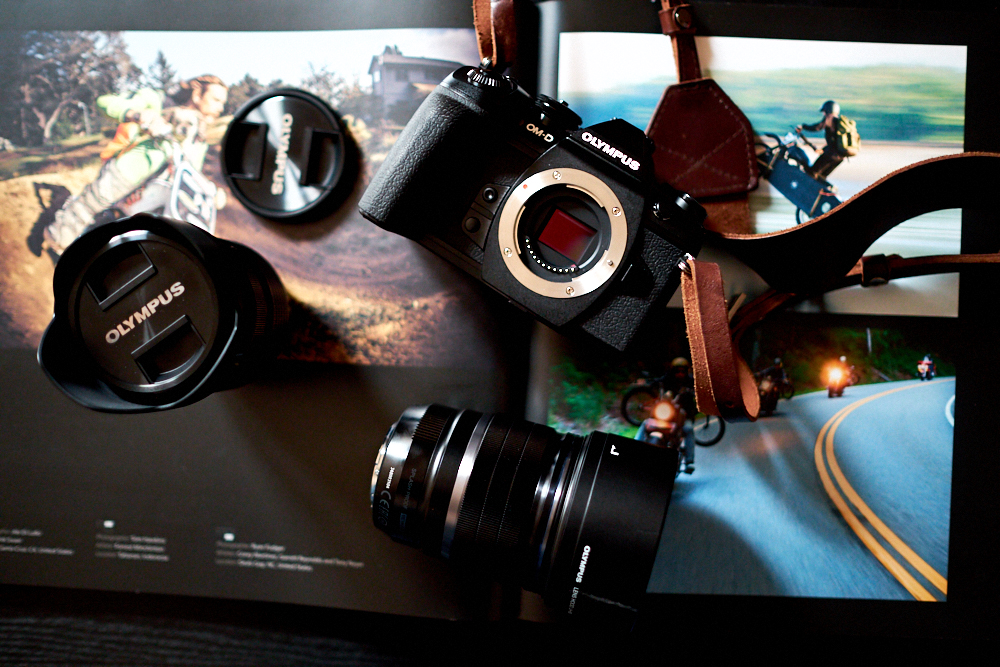Last Updated on 11/18/2019 by Mark Beckenbach
Many think Micro Four Thirds Olympus cameras can’t be used for astrophotography, but they would be very wrong.
Micro Four thirds cameras probably aren’t the first choice of cameras astrophotographers generally look at. Small sensor size and general feelings that high ISO performance isn’t good enough usually stop photographers from looking at these cameras, but they are missing out. Micro Four Thirds sensors have come a long way, and so has their high ISO performance. With companies like Olympus innovating in regard to features like Live Composition, suddenly Olympus cameras become viable options for astrophotography. In this roundup, we take a look at Olympus cameras that are more than capable of capturing gorgeous astrophotography images.
The Olympus cameras we listed below are more than capable of helping you create gorgeous shots of the night sky. Live Composition mode will enable you to see your long exposure image building right in front of your eyes. What makes Live Comp great is that you don’t have to wonder whether or not you’re capturing what you want. These cameras also feature excellent weather sealing and can operate in temperatures that would make other cameras give up. Check out the Olympus cameras below, and also the first impressions post for the upcoming E-M5 III that will also be a fantastic choice. We wouldn’t hesitate to take these cameras out on an astrophotography shoot.
Olympus OMD EM5 Mk II

Here are the pros and cons from our full review:
Pros
- Excellent build quality. In some ways, it feels like a mini Nikon Df.
- We’re not kidding – excellent ergonomics
- Very fast autofocusing performance
- Even quieter shutter than the original
- Nice JPEG images
- WiFi integration
- Weather sealing
- Focus peaking works phenomenally
Cons
- Despite lots of cool new features, we don’t think it’s worth the upgrade
- Some issues regarding flash usage and high res shot mode
Buy now ($899): Adorama
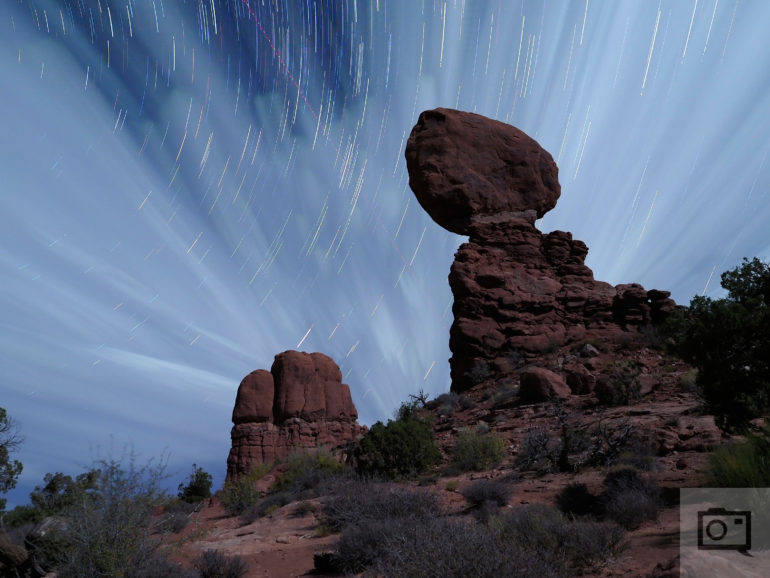
Pro Tip: Have you wanted to capture the night sky, the milky way, and millions of stars dance through the sky, but just haven’t been sure where to start? You’re not alone, but trust us when we say it can be easy to get started with this fascinating genre of photography. As long as you have a camera, a tripod, a fast, wide lens, and a little patience, you can create images like the one above with ease. If you really want a thorough understanding of what you need to do, check out this beginner’s guide to shooting astro landscapes. You’ll learn about settings, how to scout a location, and how to shoot the Milky Way, star trails, meteor showers, and so much more.
Olympus OMD E-M1 Mk II
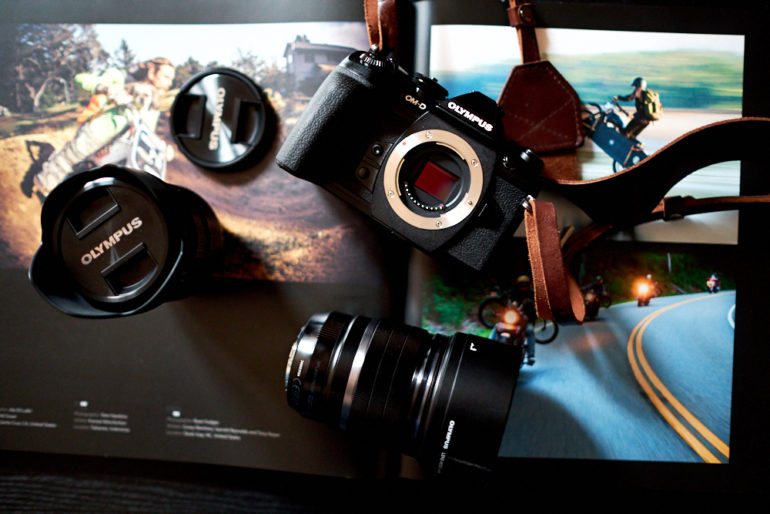
Here are the pros and cons from my full review:
Pros
- Good image quality, though you start to see shadow noise at ISO 6400
- They’ve finally fixed that stupid problem where ISO 6400 was marked as an extension
- Fast autofocus though can sometimes miss moving subjects in low light
- Weather sealing is bananas
- We handheld the camera and got a blur-free image at 15 seconds
- Comfortable to hold, and I typically don’t like SLR style cameras
Cons
- Menus got deeper
- The price point
- Despite having some of the best ergonomics we’ve ever felt on any camera to date, they desperately need a dedicated ISO control dial
Buy now ($1,499): Adorama
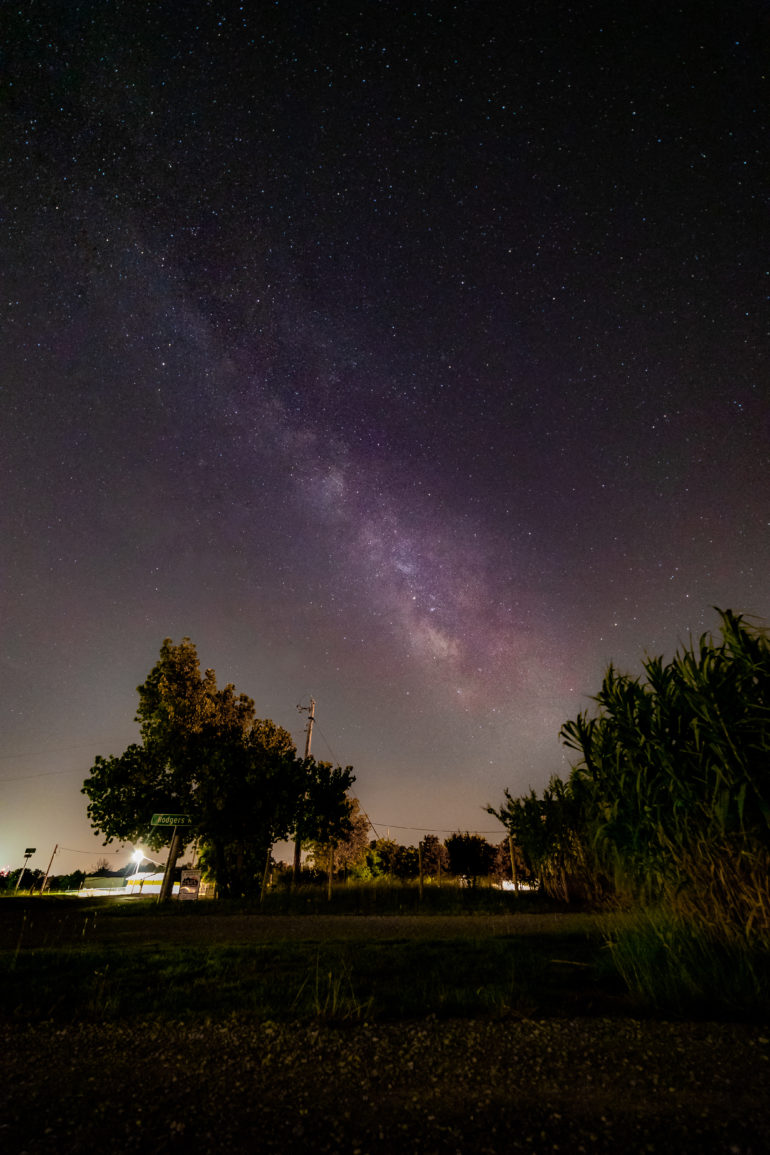
Pro Tip: The key to great astrophotography is having a stable tripod that will make your camera safe and as still as possible. If you’re serious about astrophotography, the tripod is an accessory you do not want to cheap out on. We have reviewed many tripods over the years, so have a look and pick one that will help you capture the stunning shots you want.
Olympus OMD EM1X
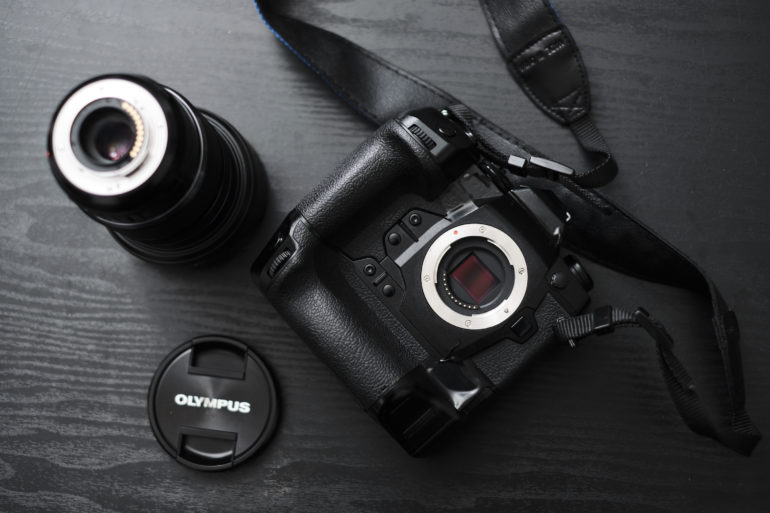
Here are the pros and cons from our full review:
Pros
- Very fast autofocus
- Very well weather sealed
- Lightweight
- A joy to carry and hold
- We love that there is no automatic mode of any sort
- The viewfinder is very nice
- C-lock switch is awesome
- One of the best weather-sealed mirrorless cameras we’ve ever tested
- Damned good image stabilization
Cons
- Face detection isn’t as good as Sony’s and Fujifilm’s
- This system needs more long zooms/primes with an f2 or f2.8 aperture
- Needs a star rating system for the images
- Interesting choices for what Olympus should hone in on for autofocus tracking
- The focus tracking was all over the place
- The battery life continues to drain for some odd reason
- The Fujifilm XH1 has better tracking
Buy now ($2,999): Adorama


